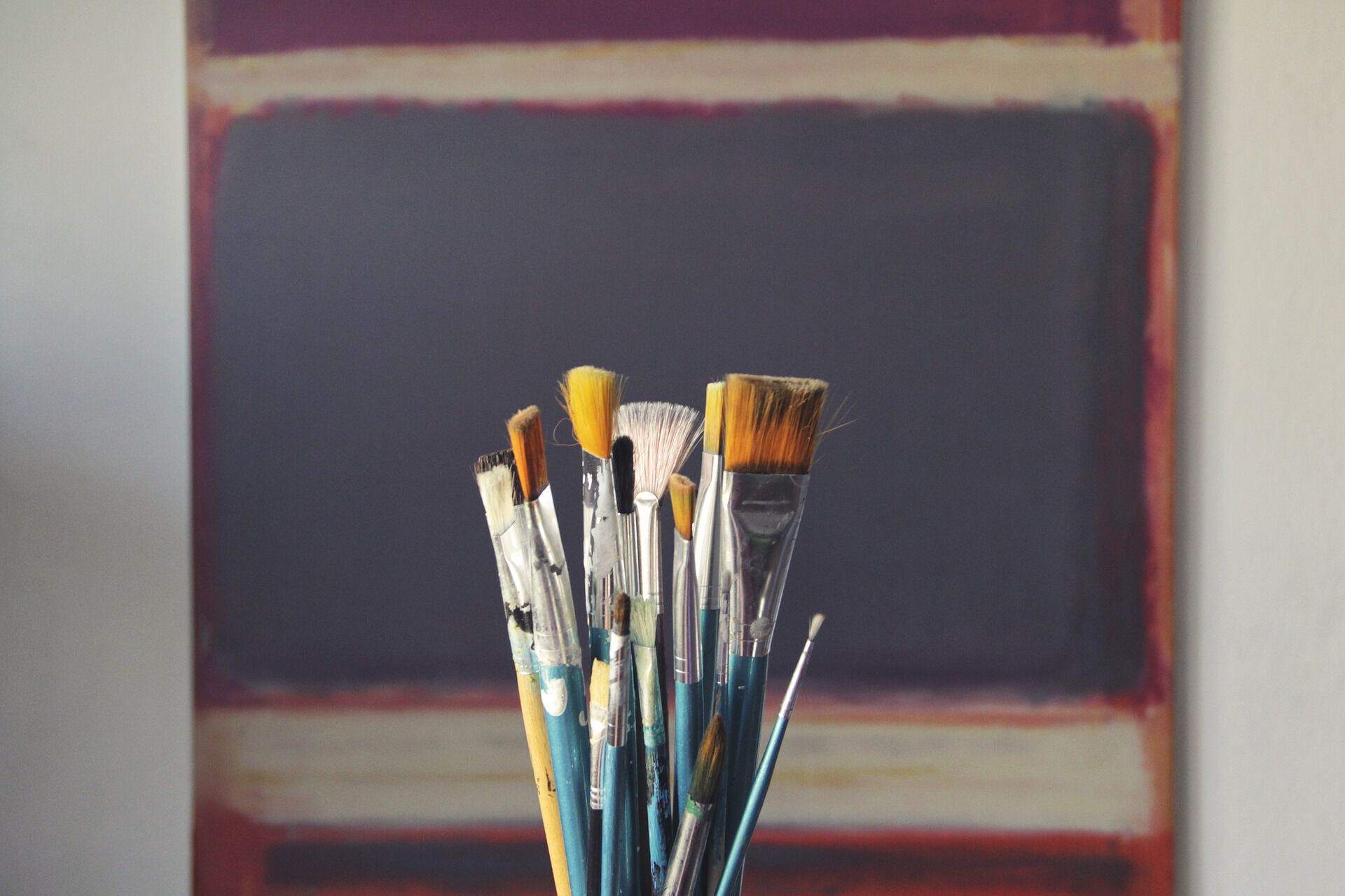Many factors go into art-making. Beginners must learn about and practice many technical elements to make the art in their heads a reality. The process starts with making the right decisions about what sort of paintbrush to use with which type of paint. There's also the matter of self-expression and style. Most artists begin because they want to artistically express their thoughts, beliefs, or feelings. All artists also go on a journey of developing their own style. Their stylistic journey may draw on the styles of other artists they admire and have been exposed to, the different media they explore, and the techniques they wish to use. An artist's style journey never ends; throughout their career, it will continue to develop and evolve.
Paint Types
Painters work with many different types of paint. Some paints are more durable, and all paints dry to a different finish. The paint an artist chooses depends on how they wish the completed piece to look. There are five very popular paint types. Acrylic paint is well suited for detail work, staining, water media, and glazing. It has strong pigments and is very durable. Also, it can be applied to most surfaces. It dries quickly and comes in varying thicknesses. Oil paint dries to a very glossy finish. The brushstrokes will take on a rich, varnished appearance. Oil paints usually blend well with other types of paint and dry slowly, which allows the painter to make changes to the painting as they work. Water-mixable oil paint is also available. It's more elastic than regular oil paint and can be easily diluted. Watercolor paints are translucent and dry quickly. They consist of a binder like gum arabic and the pigment, which provides the color. The gum arabic keeps the paint from flaking off.
- 11 Different Types of Painting That Every Artist Should Know
- Which Drawing or Painting Medium Should You Start With?
- Acrylic Painting for Dummies Cheat Sheet
- Watercolor Painting for Beginners
Mark-Making Materials
Most artists agree that all painting and drawing will involve mark-making to some degree. After all, as soon as a paintbrush, pen, pencil, or other tool touches a surface, a mark is being made. Marks include scribbles, lines, dots, smudges, and various other textures and patterns. Non-objective artists are more likely to use intuitive or expressive marks, while an abstract artist might make short, fast lines to suggest a natural element. These artists may use different media. Spray paint, paint pens, paintbrushes, pencils, markers, tools like palette knives, and other mediums are regularly used in mark-making.
- Mark-Making Coursework Guide
- Rothko to Richter: Mark-Making in Abstract Painting
- How to Collect the Perfect Mark-Making Tools
- A Guide to Ce


